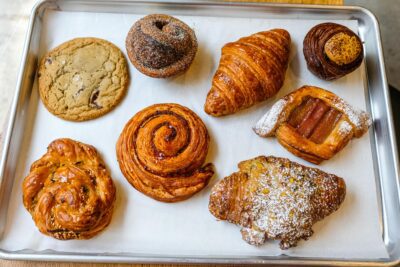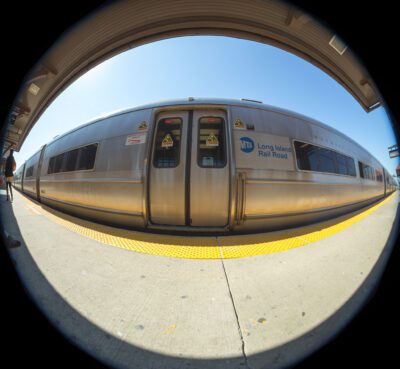The Language of Sound: An Interview With Maria Chavez
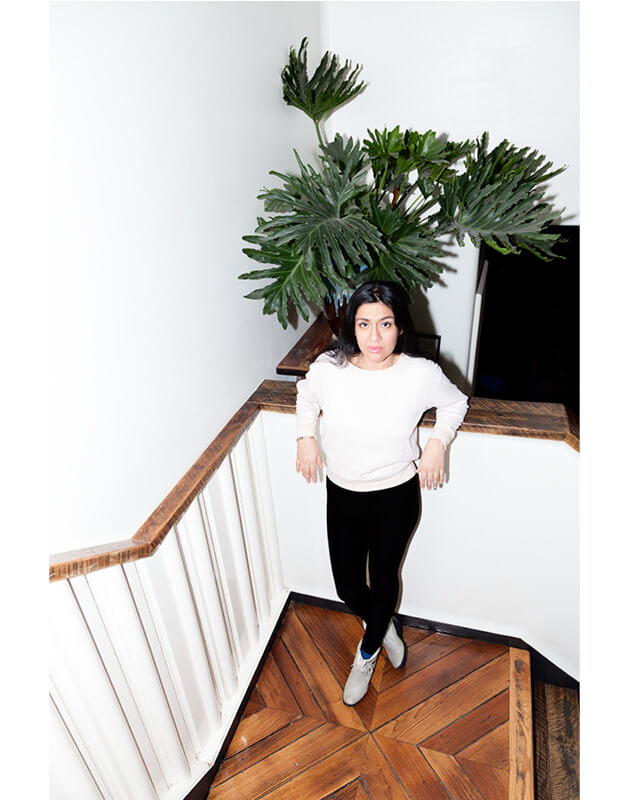

All Photos by Maggie Shannon
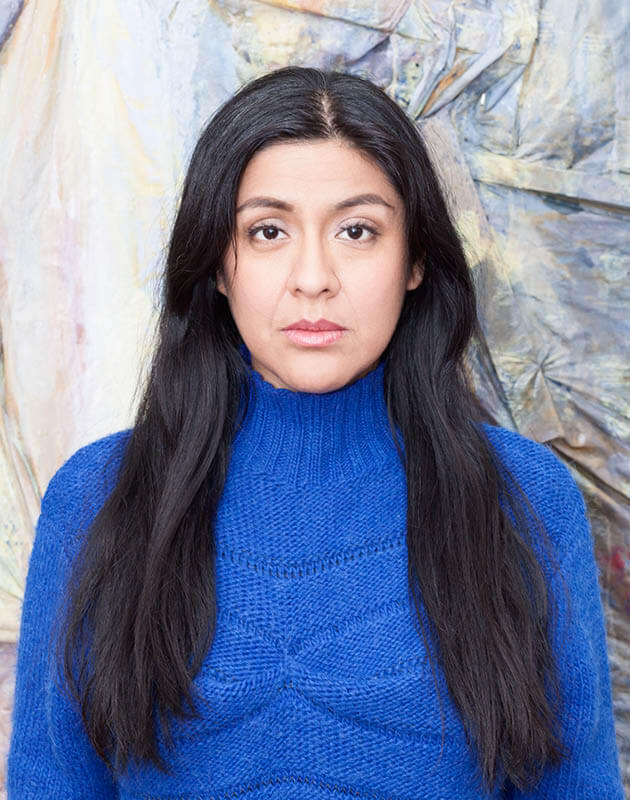

You’re presenting a world premiere at the Brooklyn Museum with the St. Luke’s Chamber Ensemble. Which seems like an unlikely pairing, perhaps because the Orchestra of St. Luke’s commissioned this, and we usually don’t associate classical music with turntablists as composers: How did you get involved with this project?
Yeah, I was surprised and honored to be awarded this generous commission. The responsibility of developing a sound piece for an ensemble is something I haven’t been asked to do before, so I’m really enjoying the process of expanding my practice and getting to know this composer world more.
The coolest part is that the ensemble is giving me carte blanche as far as creating a piece for them, and I’m looking forward to providing them a different format of composing than what they’re used to. And from what I hear, they are equally curious and excited, so that’s a great sign!
I’ve often said in the past that the turntable is a fascinating instrument because of its history; it started as just playback technology and became an instrument via the different musical genres that have adapted it to their worlds. I wouldn’t be surprised if the turntable becomes part of a regular orchestra in 80 years, because it is already on the path of being an ingrained instrument in our sonic culture.
As far as how St. Luke’s came to know my work, that all started when I was invited to perform as part of a concert series that was hosted in the orchestra’s rehearsal building in Midtown, the DiMenna Center. Since the staff was aware of my work they became my champions encouraging the orchestra to take my work into consideration. Words can’t express how grateful I am to have people like this around to support my work. I’m gaining so much more from this commission than other projects because it is making me think outside of my box, which is already pretty avant garde as it is!
You’re both a composer and a performer—does one mode come more naturally to you than the other? Or do you see them going hand-in-hand?
I actually consider myself a sound artist more than a “composer”—mainly because I don’t read or write music. I understand general terms for music because some of the environments I find myself in are musical in their setting, but, in my opinion, music and sound are two different things. Music is a language of sound that I don’t speak fluently. I’m interested in sound as a whole. It’s the myriad of combinations that sound can be placed in that makes it so interesting to me. So based on the situations that various organizations put me in, I am able to adjust my ear to the different settings in order to create a work that uses sound as a primary source.
What first brought you to the medium of vinyl? What makes it your “instrument” of choice?
I’ve been a DJ since I was 16 years old. I’m a tactile artist at heart, and appreciate the hands-on approach to vinyl. My turntablism isn’t related to hip-hop turntablism, which is more beat and music-driven. My work with turntablism focuses on the crux of the accident, allowing the moment to determine the next phase. The turntable is the perfect instrument to help create these situations because of the motor that encourages a circular motion. So much can go wrong, and I respect that. And even without engaging the motor one can still create interesting sounds simply by placing the needle on the surface area of the platter and turning up your volume. It becomes a giant contact mic, reacting to the physical sonic characteristics of whatever you place on top of it. This versatility, along with countless other little features that the turntable provides, makes the turntable a valuable instrument in my opinion. Vinyl is a detail to me, a sound vocabulary that I can manually manipulate. I don’t try to destroy vinyl because all destruction sounds the same, it’s just basic electro-acoustic sonic properties. Combining the electro-acoustic properties with whatever sounds have been recorded into the vinyl gives a lot of leeway to create improvised sound sculptures live.
And it should be noted that I only use one turntable for performances. I can perform with two but it’s a bit too much for me to focus on. What matters is the result of the improvisation, not the amount of equipment I have. And a two turntable set up is an old DJ mentality, in my opinion. I’m not DJing when I’m performing. I do DJ as well, for parties, fashion shows, art museum openings, but that is a different area of my work as a creative person.
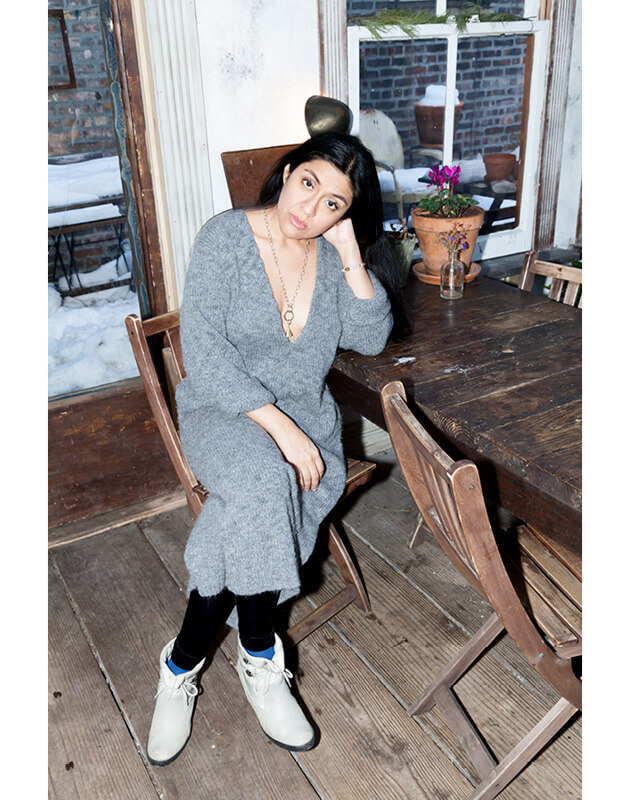

Photograph by Maggie Shannon
You’ve been in Brooklyn for some time now; what first brought you here? Do you feel like part of a larger community here?
I’m constantly challenging myself in order to grow and be the best person I can be because my dreams are huge and I understand that you cannot dare to be great if you don’t also challenge yourself to be the best person to yourself and others.
Moving to New York City was a challenging idea to me: How can I show this kind of work in a city like New York City and succeed? Somehow, it has all come together. Now, after 10 years of living here, I’ve realized that struggle is important and New York will serve up plenty of strife. But every now and then, if she likes what you’re doing, she’ll give you a little luck. I don’t know why I refer to the city as a woman, I guess because there is something so wise about this place, maybe? But that’s a gut feeling I get when people ask me to describe what it’s like to be here.
As part of a community, I feel like I’m a loner who has colleagues in various communities here. And I tour a lot, so I’m not actually here as much as I used to be since my career is becoming more internationally based. But I’ve never felt like I belonged anywhere. I was always the only, you know? The only Peruvian in school, the only girl in audio engineering school, the only girl on the bill for a noise show, so I’m used to it. •
The Orchestra of St. Luke’s commission of Maria Chavez’s Ensemble Piece for strings will have its worldwide debut May 10-15 at the Brooklyn Museum and the Morgan Library.
You might also like 














